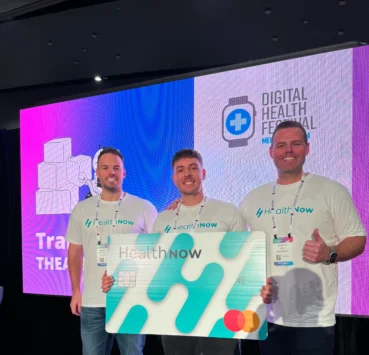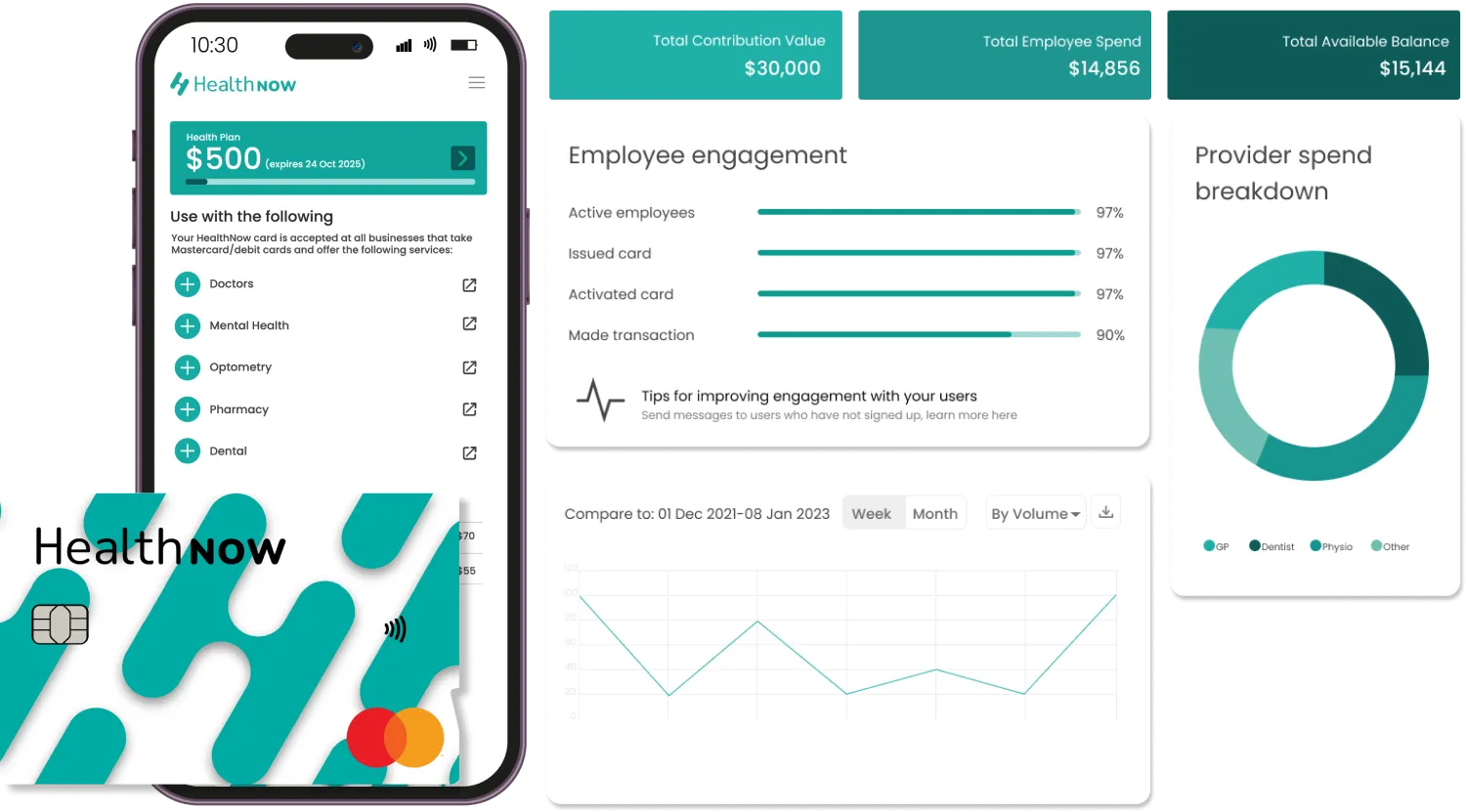Occupational health regulations in Australia are designed to ensure that workers in certain industries are medically fit to perform their duties safely and effectively. These regulations help prevent workplace injuries and illnesses by mandating periodic medical examinations. This blog will explore the industries where these medicals are required, how they are typically conducted, and some challenges workers face in accessing them.
At the heart of occupational health is the requirement for periodic medical assessments to ensure that workers are fit for work. These naturally relate to industries where the physical condition of employees has a direct impact on their ability to perform safely and minimise the risk of an accident.
Industries Requiring Periodic Medical Examinations
1. Mining and Resource Extraction: Given the physically demanding and potentially hazardous nature of work in mines, workers often undergo comprehensive health checks. These include assessments of cardiovascular health, respiratory function, and musculoskeletal condition.
2. Transportation: Drivers of heavy vehicles, trains, and other forms of public transport must have regular medicals to ensure they can safely operate vehicles. This typically includes vision tests, hearing tests, and cardiovascular assessments.
3. Construction: The construction industry often requires health screenings due to the risks associated with heavy lifting, heights, and machinery operation. Workers might undergo regular checks for musculoskeletal disorders, hearing loss, and other occupational hazards.
4. Healthcare: Medical professionals, including doctors and nurses, undergo health checks to ensure they are fit to provide care and to prevent the transmission of communicable diseases to patients.
5. Emergency Services: Firefighters, police officers, and paramedics are required to maintain a high level of physical fitness and mental health, necessitating regular medical examinations.
So what happens when conducting occupational health medicals?
Occupational health medicals are typically conducted by qualified health professionals such as occupational physicians or nurses. The process generally involves the following steps:
– Initial Assessment: Gathering personal and family medical history to identify any potential health risks.
– Physical Examination: Checking vital signs, such as blood pressure and heart rate, along with a thorough physical exam.
– Targeted Tests: Depending on the industry and specific job role, additional tests may include hearing and vision tests, lung function tests, and mobility assessments.
– Risk Assessment: Evaluating the worker’s health in relation to their specific job demands and the potential hazards they face at work.
– Reporting and Feedback: Providing a detailed report to the employer (within the boundaries of privacy laws) and feedback to the individual on their health status and any recommended actions.
What are the challenges in accessing occupational health medicals?
Despite the importance of these medicals, several challenges can impact their accessibility:
1. Geographical Barriers: Workers in remote and rural areas may have difficulty accessing medical facilities where occupational health services are offered. This is particularly relevant in industries like mining and agriculture.
2. Cost: The cost of medical examinations can be a barrier for small businesses or self-employed individuals who may not have the financial support of large corporations.
3. Time Constraints: Scheduling and attending health checks can be challenging for workers with demanding job schedules, especially in industries requiring long hours or shift work.
4. Privacy Concerns: Some workers may be reluctant to undergo medical examinations due to fears about job security or privacy regarding their health information.
5. Cultural and Language Barriers: Non-native speakers or workers from different cultural backgrounds may face difficulties in understanding the medical process or communicating their health concerns.
Conclusion
Periodic medical examinations are a crucial component of occupational health and safety regulations in Australia, designed to safeguard the health of workers and ensure public safety. By addressing the challenges faced in accessing these medicals, industries can improve compliance with health regulations and enhance the overall well-being of their workforce. As industries evolve and new health risks emerge, it is important that regulatory frameworks and health services adapt to meet these changes, ensuring that all workers have the support they need to maintain their health at work.
HealthNow provides a solution that allows organisations to meet their obligations to facilitate and pay for these medicals without the need for restrictive clinic networks. People can make their own judgments on where they want to get their medicals completed, meaning a complete open network of providers that are both accessible to everyone, but also allow for broader medical history and information to be considered when the practitioner is making the assessment. The outcome of providing this level of flexibility, means medicals are able to be booked, and completed quicker and the business can remove the additional burden of managing invoices, expense claims and complex corporate contracts which do not meet the needs and wants of employees.








